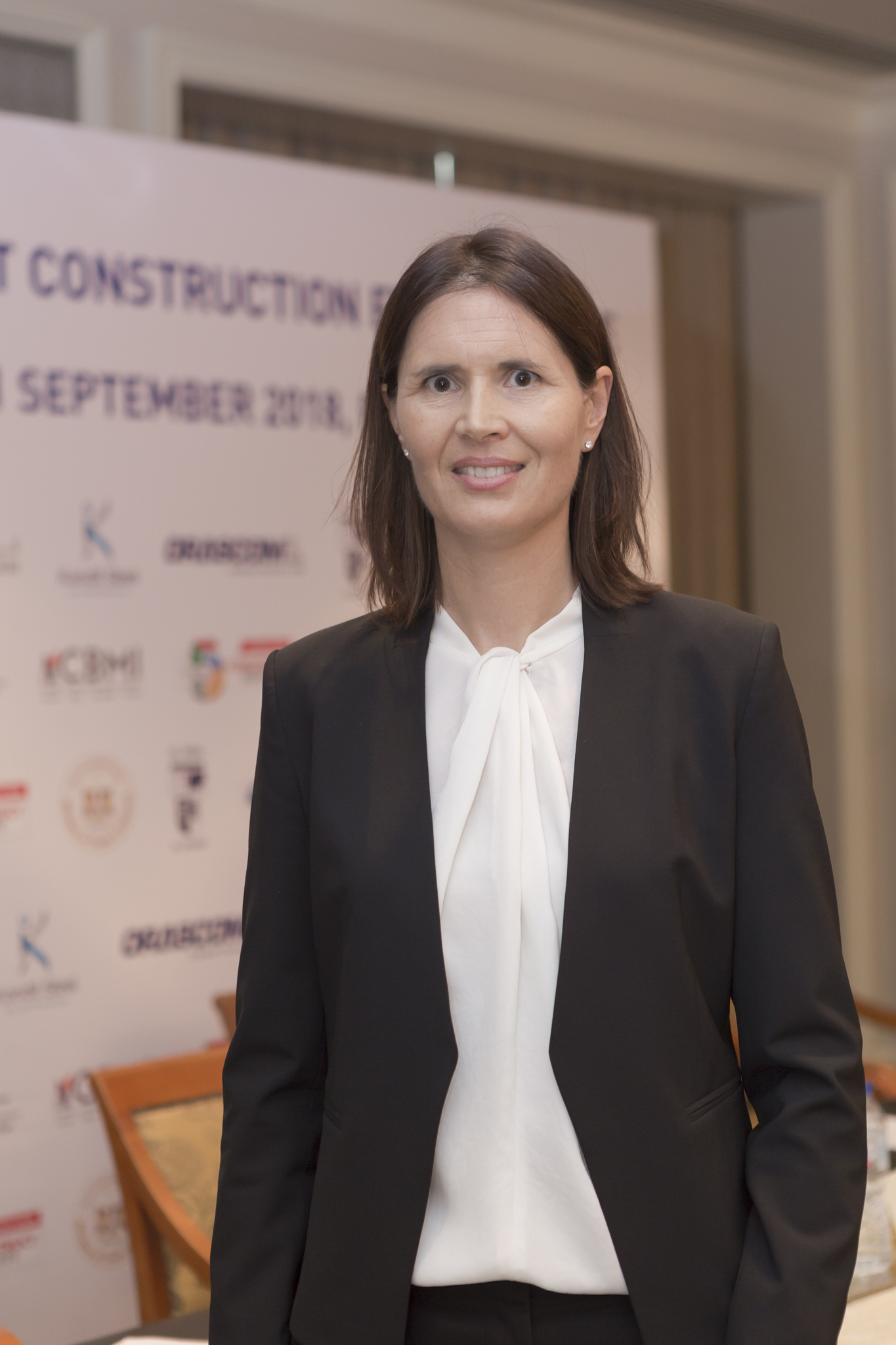PARIS: Scientists said they had overcome two hurdles in the quest for quantum computers, whose backers say will pry open an era of computing magic by exploiting a quirk of the sub-atomic world.
Dubbed "supercomputers on steroids" but facing daunting technical obstacles, quantum computing is based on a counter-intuitive theory of particle physics.
When two particles come together, they become "entangled," meaning that one particle affects the other — and the spooky connection lasts long after they are separated.
In their quantum condition, particles can also go into a state known as superposition. In today’s computers, a bit of data is stored either as a zero or 1. But, in superposition, a quantum bit (a "qubit") could be either zero or one… or both zero and 1 at the same time.
These conjoined, multiple states open up possibilities for massively increasing volumes of information.
But the dream can only become reality if scientists find a way of storing, retrieving and processing the precious information, and at a cost that is affordable.
In a study released on Wednesday by the British journal Nature, scientists in Australia and New Zealand report an important efficiency boost in quantum memory.
Previous techniques have used atoms of gas as the medium for storing the data, and laser pulses as the means of transmitting it. Success, though, has so far been limited, with a data recall efficiency of less than 17 percent.
The new technique raises the efficiency to 69 percent, using a solid-state device which stores data on ions in a crystal made of an exotic compound, yttrium orthosilicate.
Separately, British and Dutch researchers said they used very brief pulses of infrared laser to put an electron orbiting silicon into a state of superposition that they were then able to control.
The work is an important proof-of-principle, for it shows superposition can be achieved in silicon — the commonest electronic material — rather than in hugely expensive compounds or using sophisticated instruments called atom traps.
"This is a real breakthrough for modern electronics and has huge potential for the future," said Ben Murdin, a professor of photonics at the University of Surrey, southeastern England.
"Lasers have had an ever-increasing impact on technology, especially for the transmission of processed information between computers, and this development illustrates their potential power for processing information inside the computer itself."



